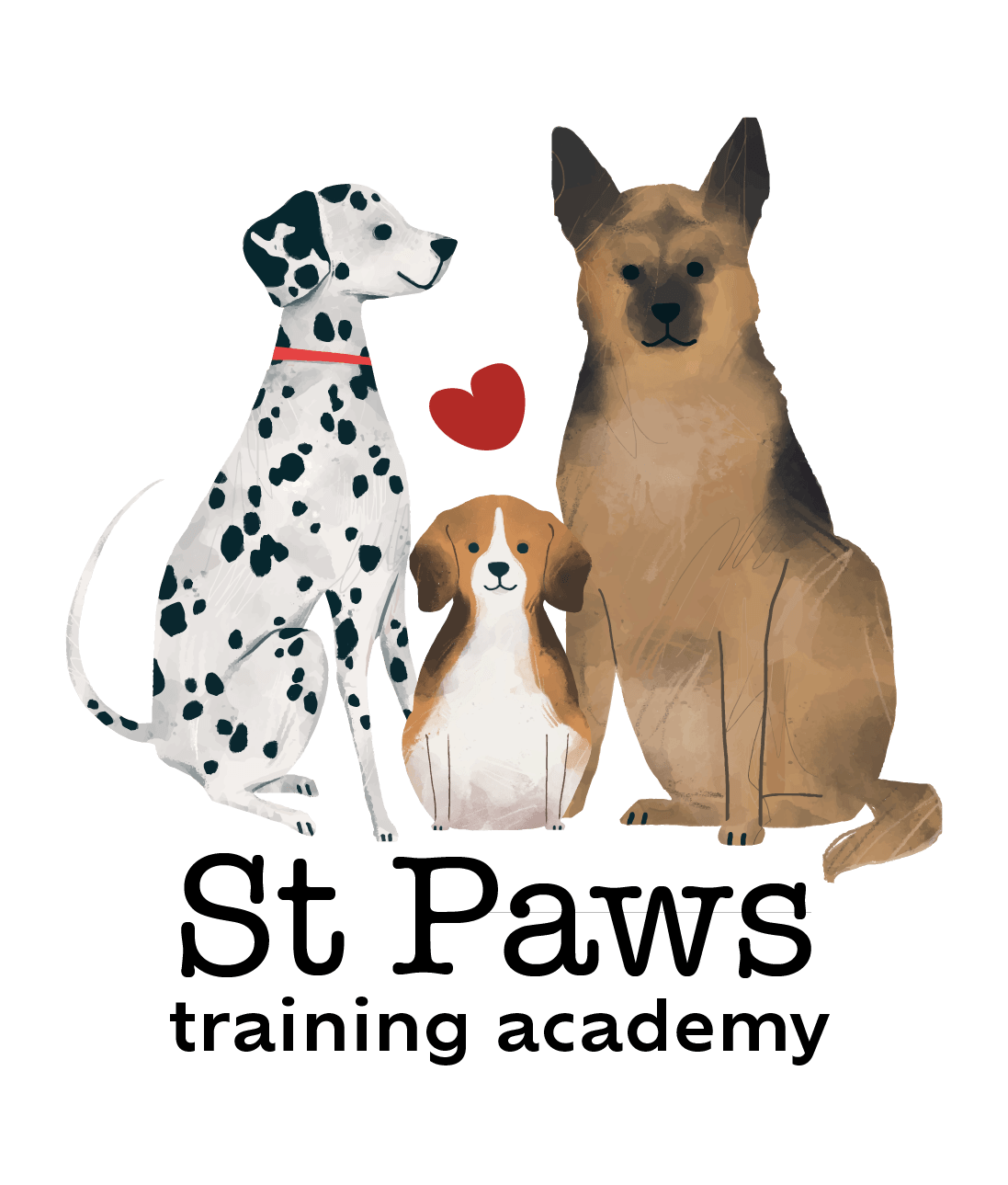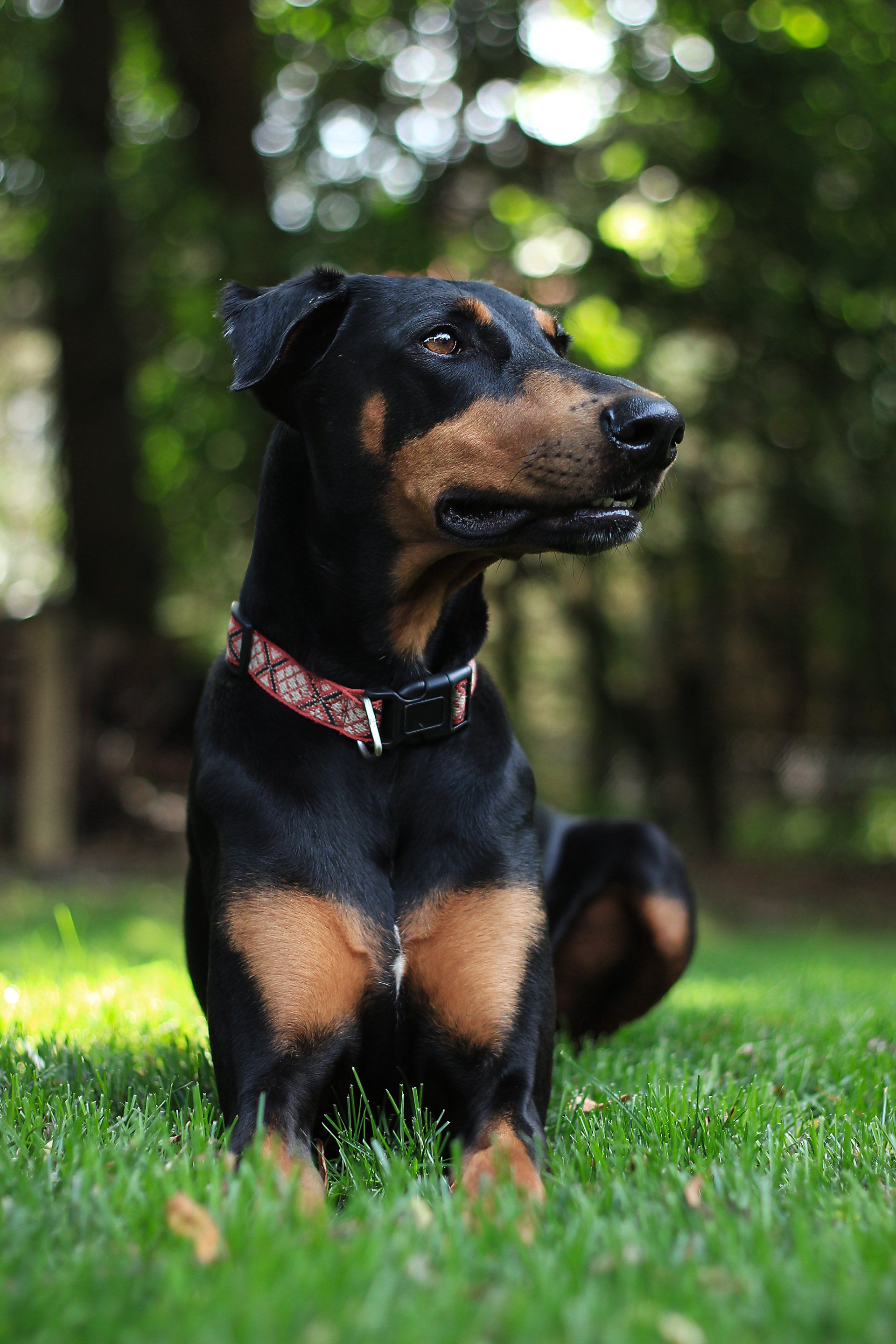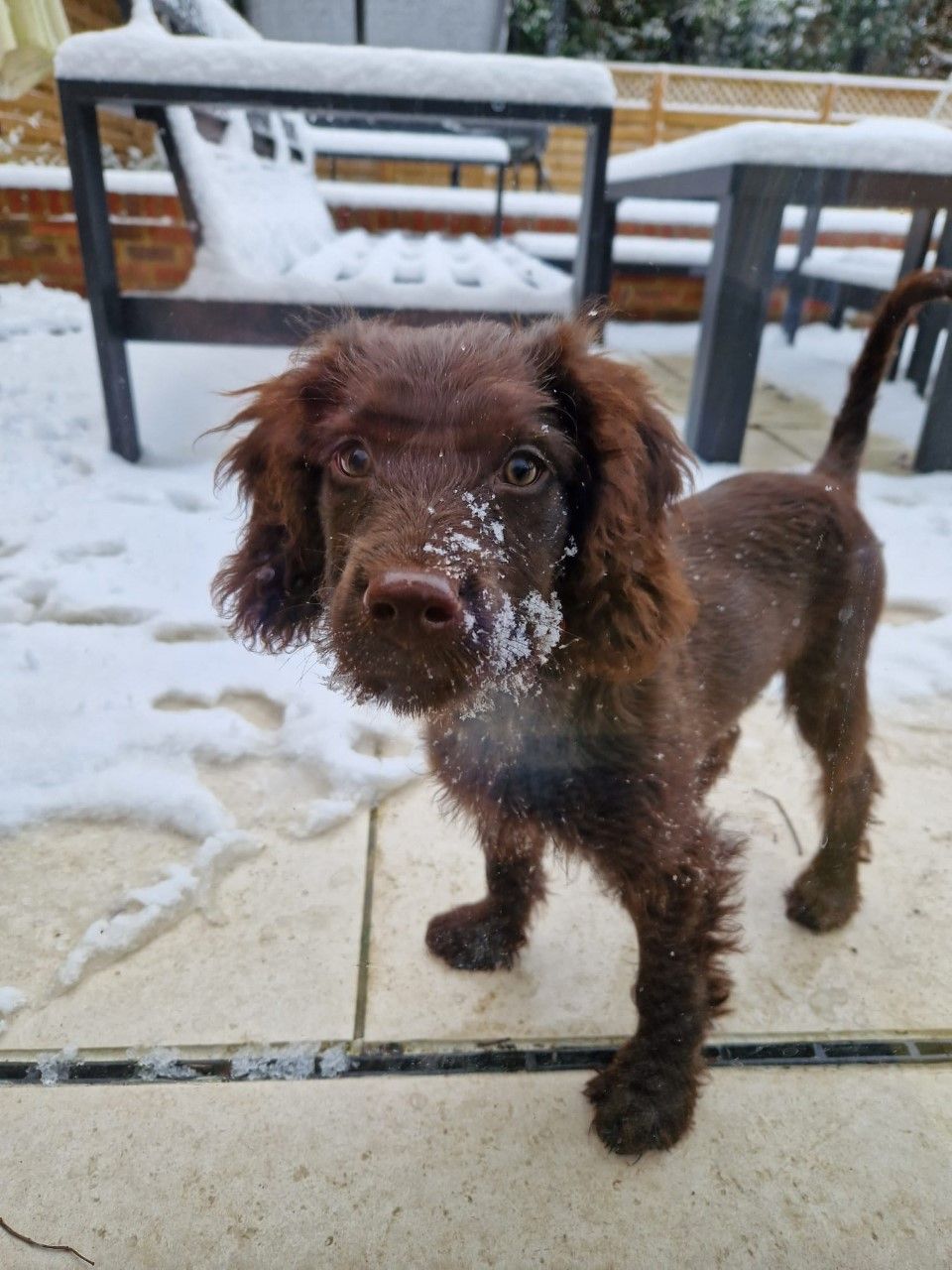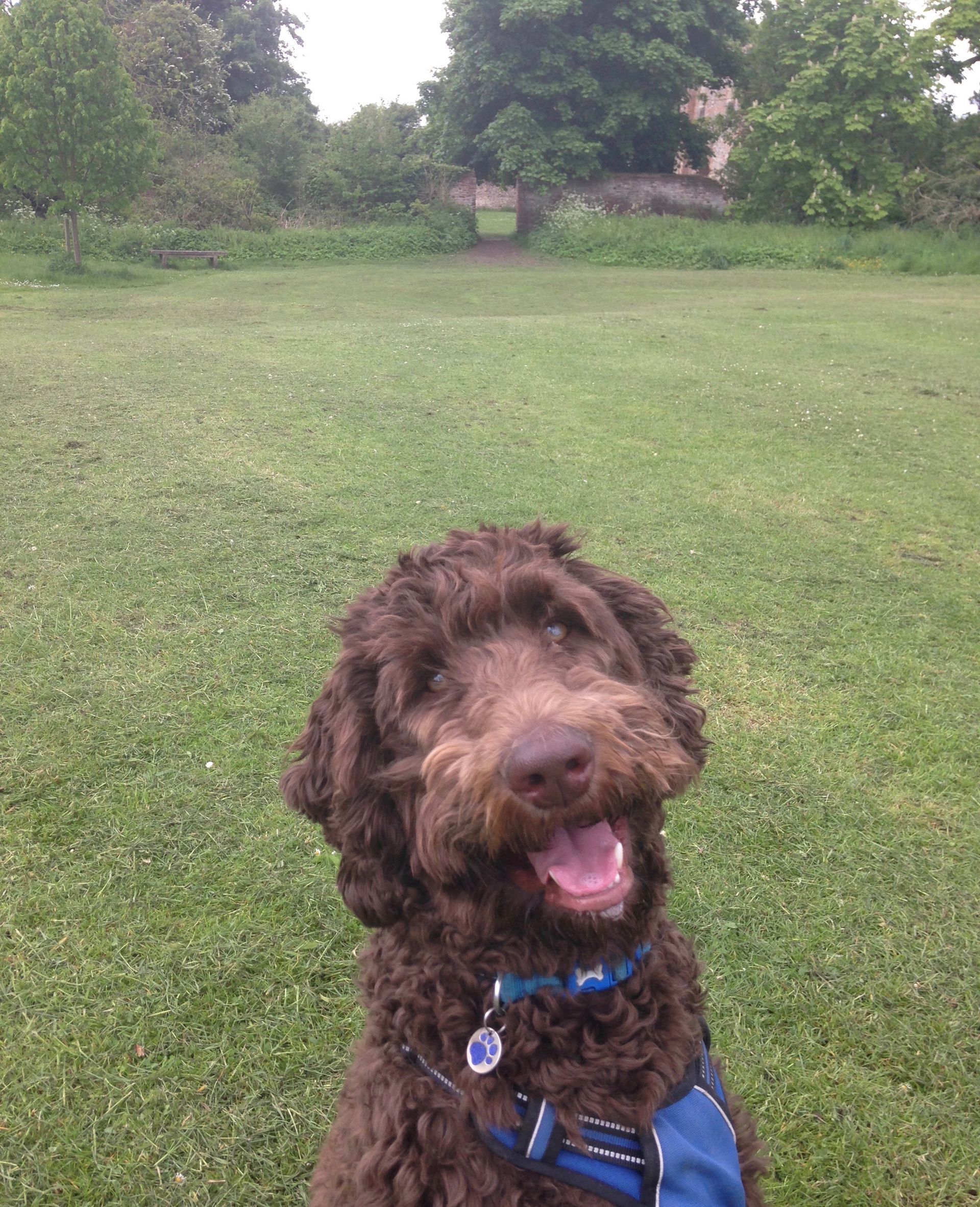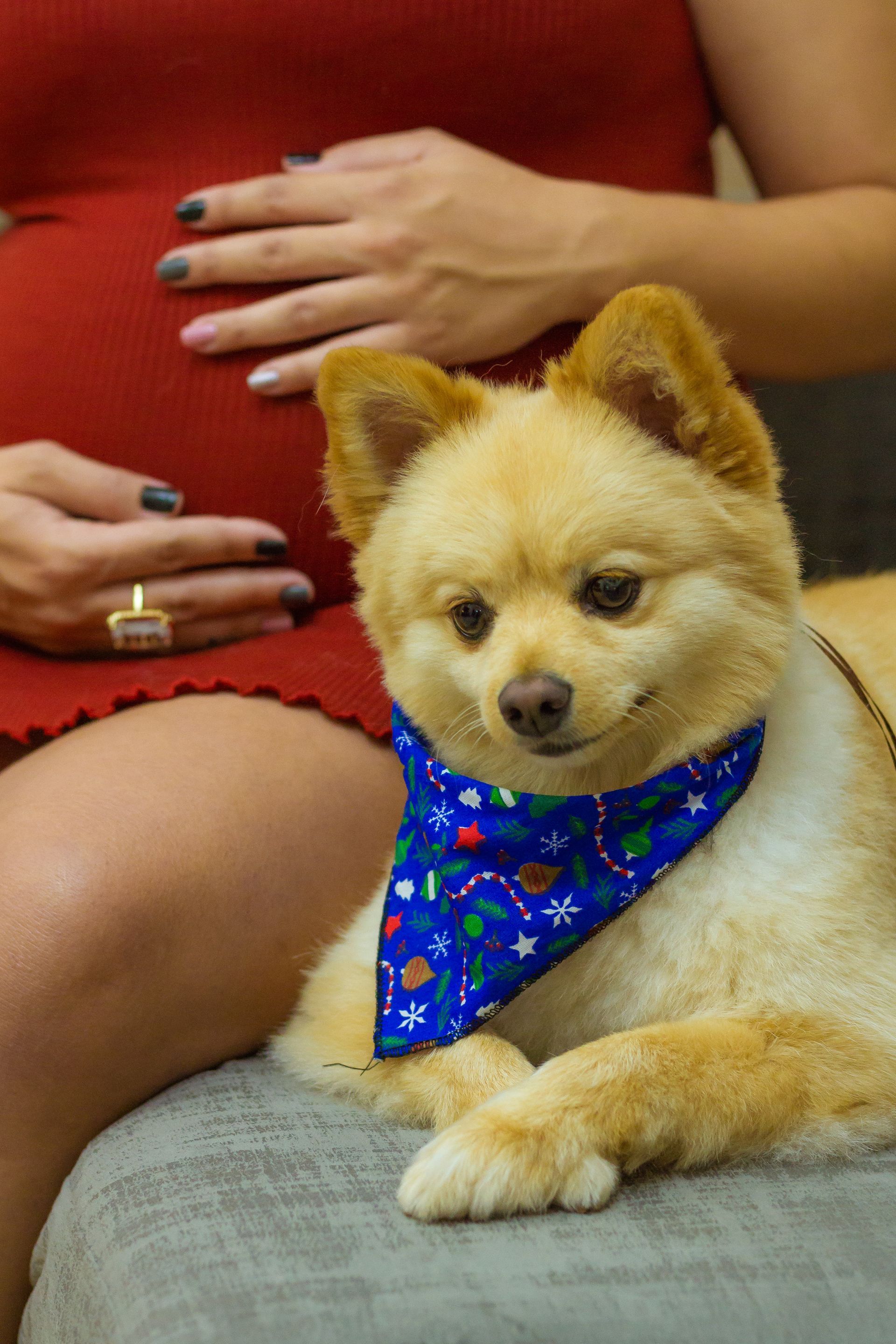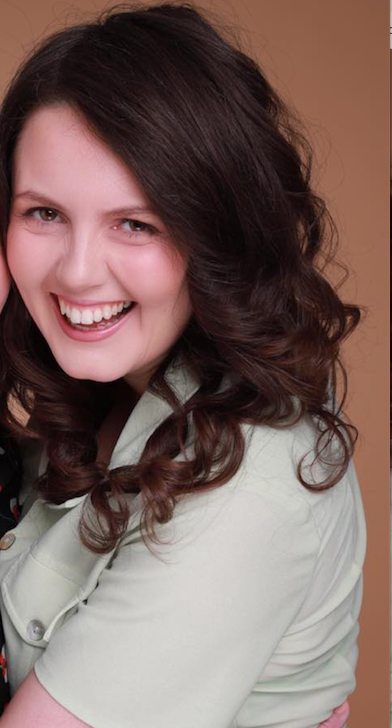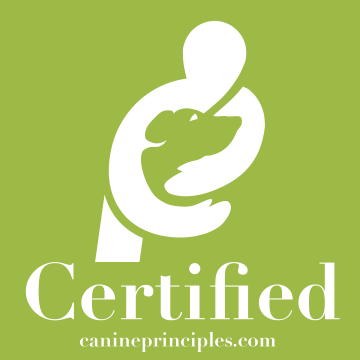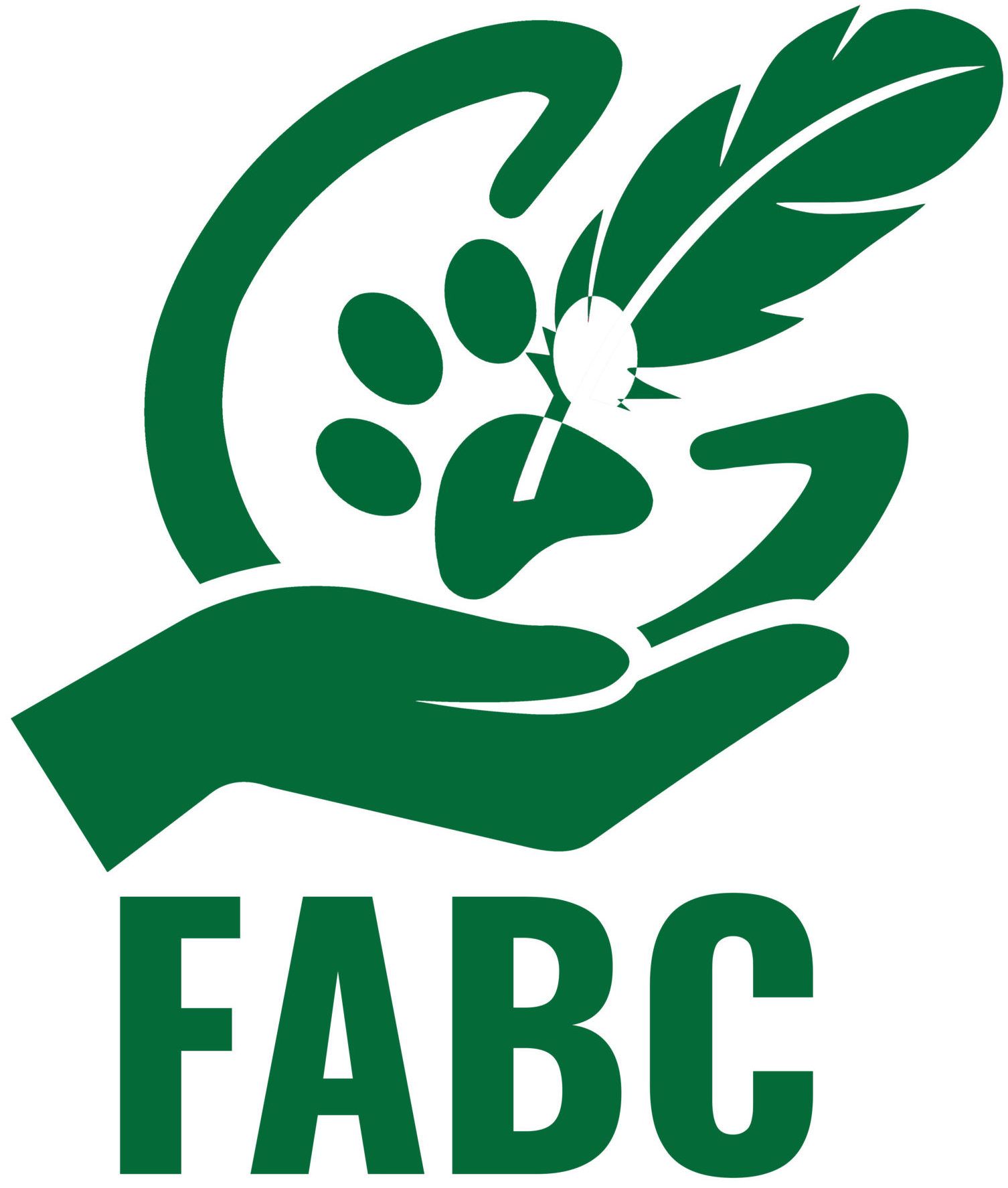Why flooding is not safe and effective when working with a dog who is reactive
Flooding
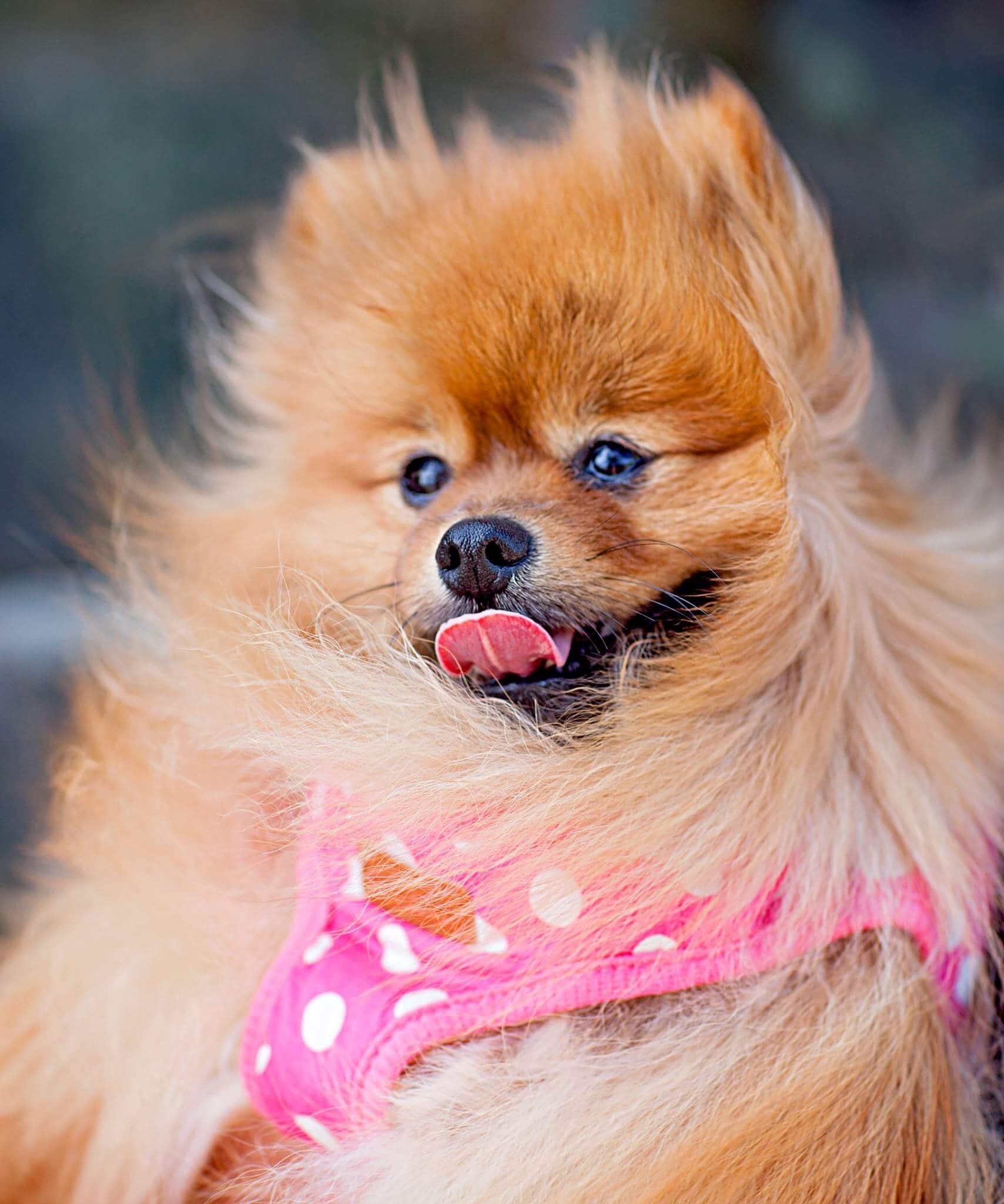
Have you ever been really scared of something? Even the thought of it makes you shudder? Maybe it’s a spider. Can you imagine being exposed to a spider by someone forcing your hand into a box full of spiders and restraining you, not letting you move away from it? How do you think you would react? Would you shout or scream? Or maybe freeze in fear? Do you think it would help you get over your fear or do you think it would petrify you and exacerbate your fear?
Some so called behaviourists – sadly it’s an unregulated profession – advocate for this method claiming it cures a dog of their fear.
If a dog is already uncomfortable in a situation (such as a busy park) they will be faster to react if something happens (such as a dog getting in their face) and may move higher up the ladder of communication (straight to growling). This is compared to being able to stop and use more polite cut off signals such as looking away or looking at you if they are in an emotional state that is not high alert. Being able to have the chance to learn new coping behaviours that are incompatible with lunging barking growling (things that we do not want them to do), need to be learnt and practiced – otherwise they will continue behaviour that they already know works.
This stress can get dumped in the body and the dog may react to something in a more extreme way hadn’t it been forced into an interaction. Shut down is real and can look like calm behaviour leading you to think a dog is fixed or cured. They don’t respond and avoid eye contact. Shut down can be compared to learned helplessness. This is when an animal learns that their behaviour does not have an outcome on their experience and their emotional state is fear and they freeze.
The body content of your post goes here. To edit this text, click on it and delete this default text and start typing your own or paste your own from a different source.



